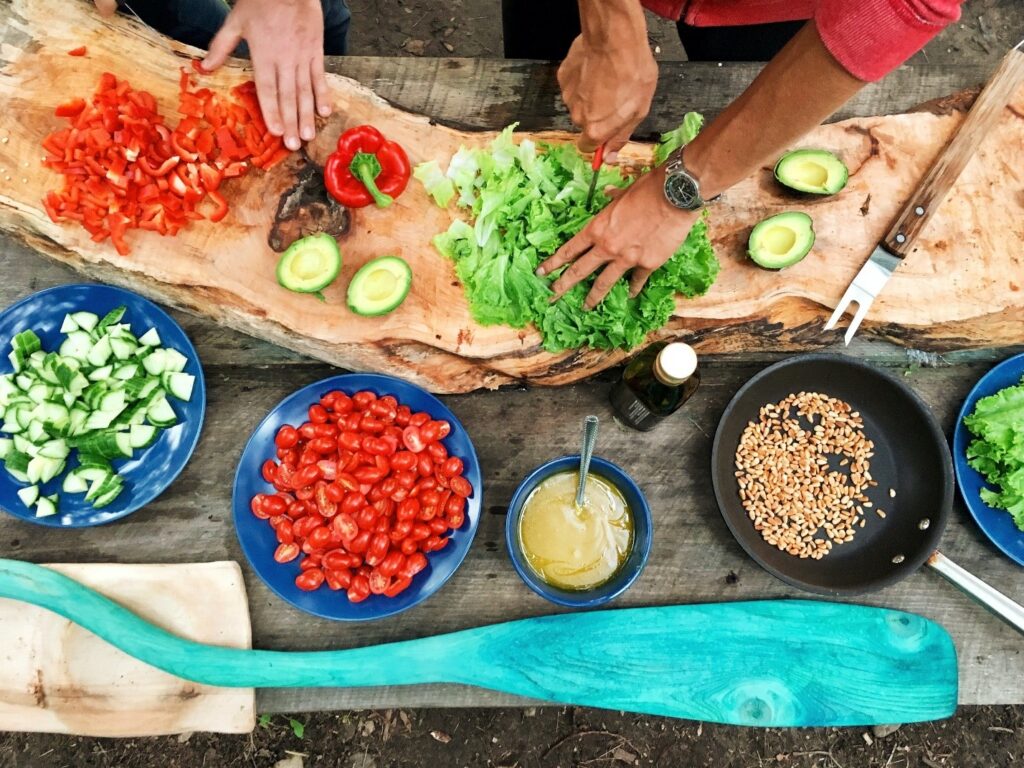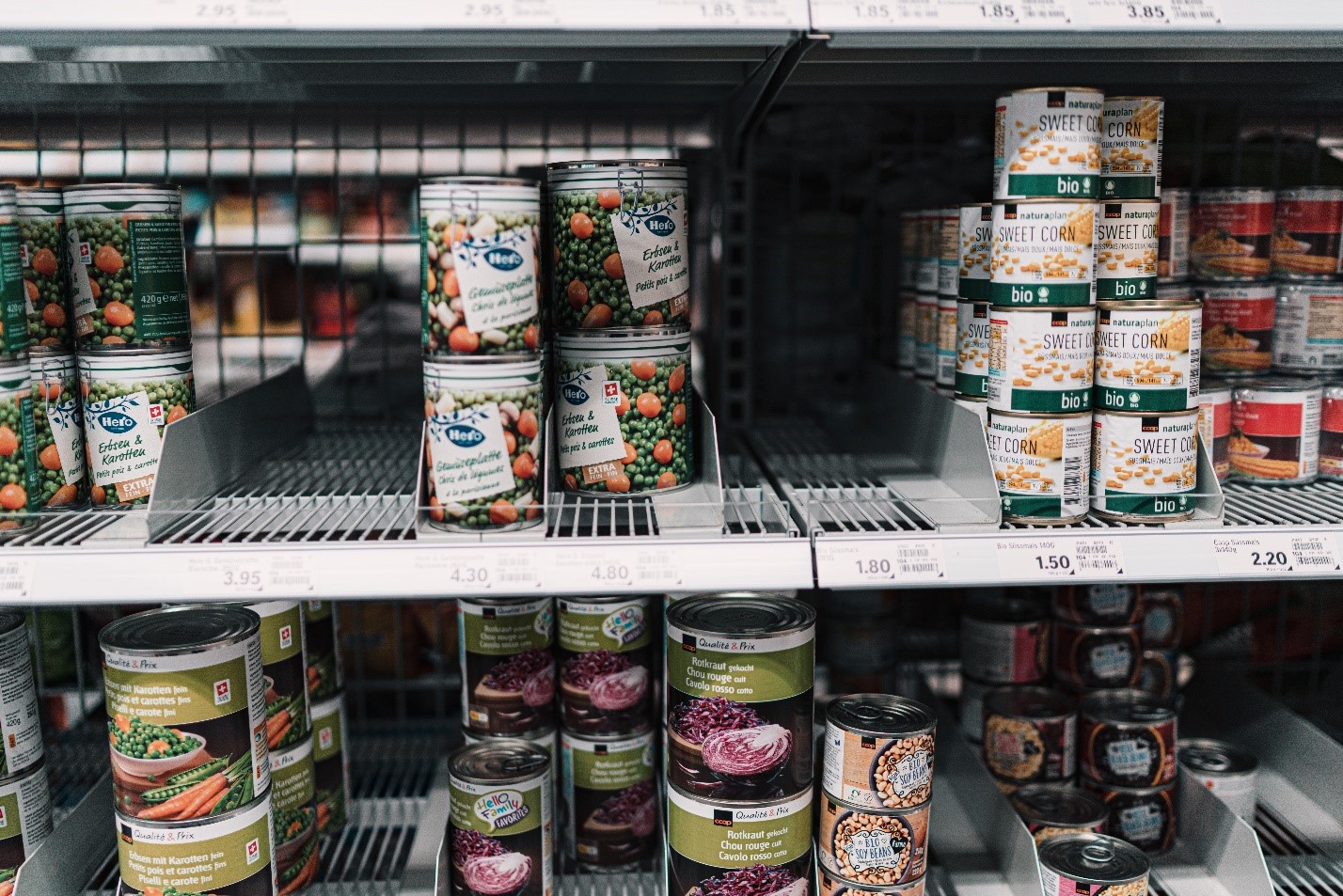Over the last six months alone, interest in kitchen appliances has been growing over 50 percent. Healthy snacking searches are currently at an all-time high. Meal kits have made a comeback. These trends indicate that pantries have once again become the heart of our homes.
Consumers are making extremely different choices in the kitchen and the supermarket thanks to the changes brought on by COVID-19. These choices have resulted in surprising changes to the food industry, from where we buy food to how we cook it. Here are some of the trends.
Related: Will Cloud Kitchens Emerge as the New Normal Post-Pandemic?
1. Functionality
The pandemic has forced consumers to think about health on a daily basis, and the functional benefits of food are not excluded. Food Navigator reported that the mention of “immunity” in the context of food rose 27 percent between February 2019 and March 2020. Meanwhile, Google searches for berries rose by 200 percent over the last 12 months, as well as mushrooms, herbs and spices.
California leads the functional food hype in the US, with Texas, New York and Florida close behind. Fortified foods with bioactive ingredients, vitamins and minerals have huge opportunities during the pandemic, with “immunity booster” as a key phrase. Sleep-supporting beverages to deal with stress and energy drinks to support increasing workloads are also gaining popularity.
2. Meat Replacements
While sales of conventional meat increased by just 30 percent during the week ending April 18, US sales of plant-based meat substitutes increased 200 percent year-over-year for that same period. Concerns arose about workers’ health and the entire meat supply chain. Several meatpacking plants were shut down as tens of thousands of workers in the US contracted COVID-19.
The meatpacking system was built in a way that most meat in the country must flow through just a few manufacturers to get products like bacon and ground beef to the market. Thousands of farmers have planned the lives of their animals around a schedule that terminates at those meatpacking facilities, so closures create cascading problems throughout the agricultural world.
As stories about meatpacking cause some people to turn away from meat and ripple effects continue, all forms of meat replacements will gain popularity. This does not just include plant-based meat, but also any other sources of protein such as beans or texture substitutes like mushrooms.
3. Meal Kits and Edu-Cooking
Sun Basket, Blue Apron and Hello Fresh all experienced a substantial increase in demand. Meal kits had a cultural moment a few years ago, but never achieved widespread adoption. Cooking at home is now giving people a sense of control during these uncertain times, while also giving them activities to fill their spare time. Meal-kit companies are undertaking initiatives to capitalize on their quarantine-driven momentum.
But how long will it last? Consumers seem to use them for a short period of time as a kick-starter to get more used to the home cooking environment, but they reconsider their choice as soon as they gain more cooking skills. Many consumers also realize the growing cost of weekly meal kits, which are touted as cost-saving alternatives to grocery shopping.
4. Imperfection
Perfection is overrated. No Michelin star chef earned an award without burning a few meals. Now more than ever, social media has been allowing us to follow our favorite idols everywhere they go, from Massimo Bottura’s “Kitchen Quarantine” to José Andrés’s #RecipesforthePeople. We are getting a look into people’s kitchens, seeing them unshaved and in their pajamas.
Consumers don’t want to be reminded of what they don’t have or what they can’t do. They want to know they are not alone during their cooking failures. COVID-19 has given us a moment of pause to realize again the power of being human. Craving an emotional connection is currently at an all-time high. Brands that provide a sense of community, acceptance of imperfection and encouragement towards the process rather than the outcome will get on consumers’ radar and thrive in the long run.
5. Grocery Restaurant Hybrids
Consumers are looking for high-quality, trusted food delivered to them. Instacart app downloads for grocery delivery increased 215 percent between February 14 and March 15. In the weekend following COVID-19’s designation as a pandemic, downloads for Walmart’s grocery app increased 45 percent. And an increasing number of restaurants have decided not only to pivot toward a curbside model, but also to become touchless grocery stores.
A nationwide example is Panera, through their launch of the Panera Grocery platform. In an interview, executives explained how they were “seeing the availability they had in their supply chain and how it lined up with the needs.” The emotional attachment to neighborhood restaurants is far stronger than to Amazon or Whole Foods, for example, and generally there is extreme trust toward professional chefs, who “perfectly know what to cook and where to get the best ingredients.”







Join or login to leave a comment
JOIN LOGIN